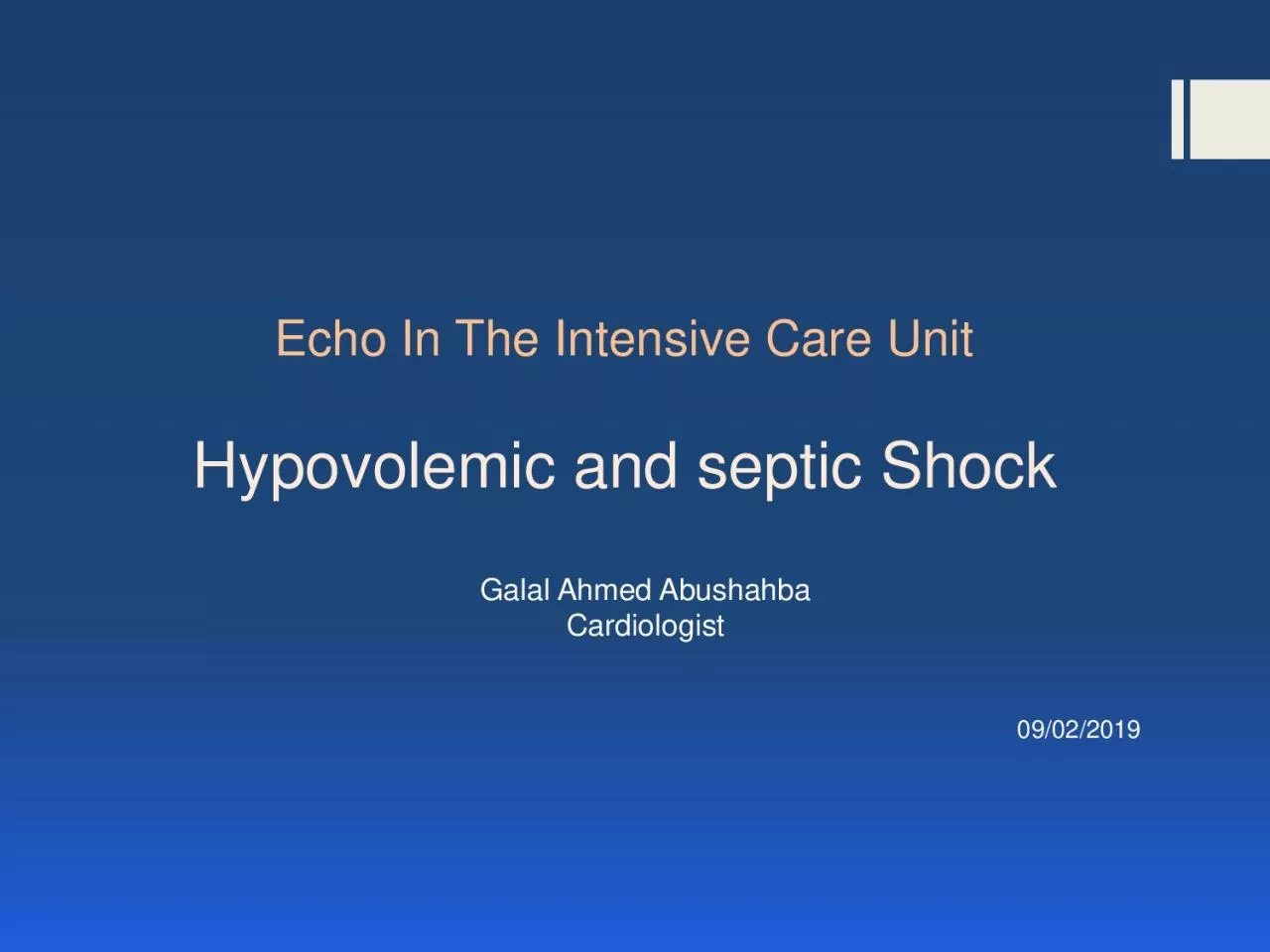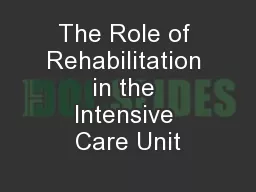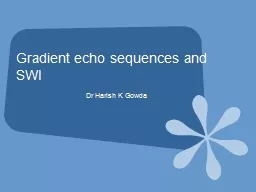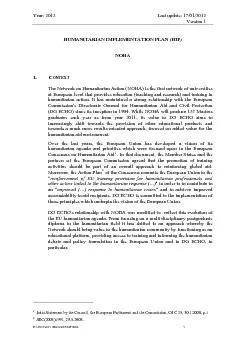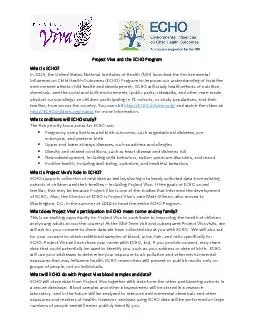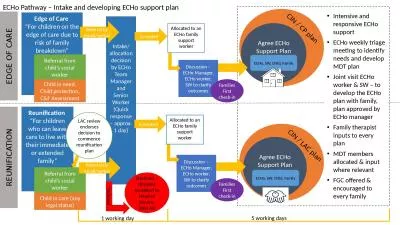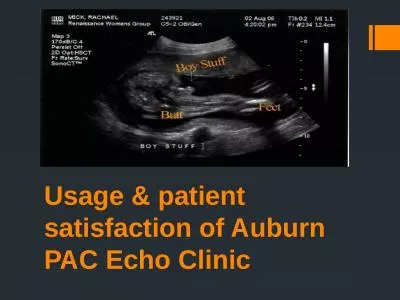PDF-Echo In The Intensive Care Unit
Author : holly | Published Date : 2022-10-27
Hypovolemic and septic Shock Galal Ahmed Abushahba Cardiologist 09022019 No disclosure Objectives Introduction Fluid responsiveness in shocked patient Heart lung
Presentation Embed Code
Download Presentation
Download Presentation The PPT/PDF document "Echo In The Intensive Care Unit" is the property of its rightful owner. Permission is granted to download and print the materials on this website for personal, non-commercial use only, and to display it on your personal computer provided you do not modify the materials and that you retain all copyright notices contained in the materials. By downloading content from our website, you accept the terms of this agreement.
Echo In The Intensive Care Unit: Transcript
Download Rules Of Document
"Echo In The Intensive Care Unit"The content belongs to its owner. You may download and print it for personal use, without modification, and keep all copyright notices. By downloading, you agree to these terms.
Related Documents

